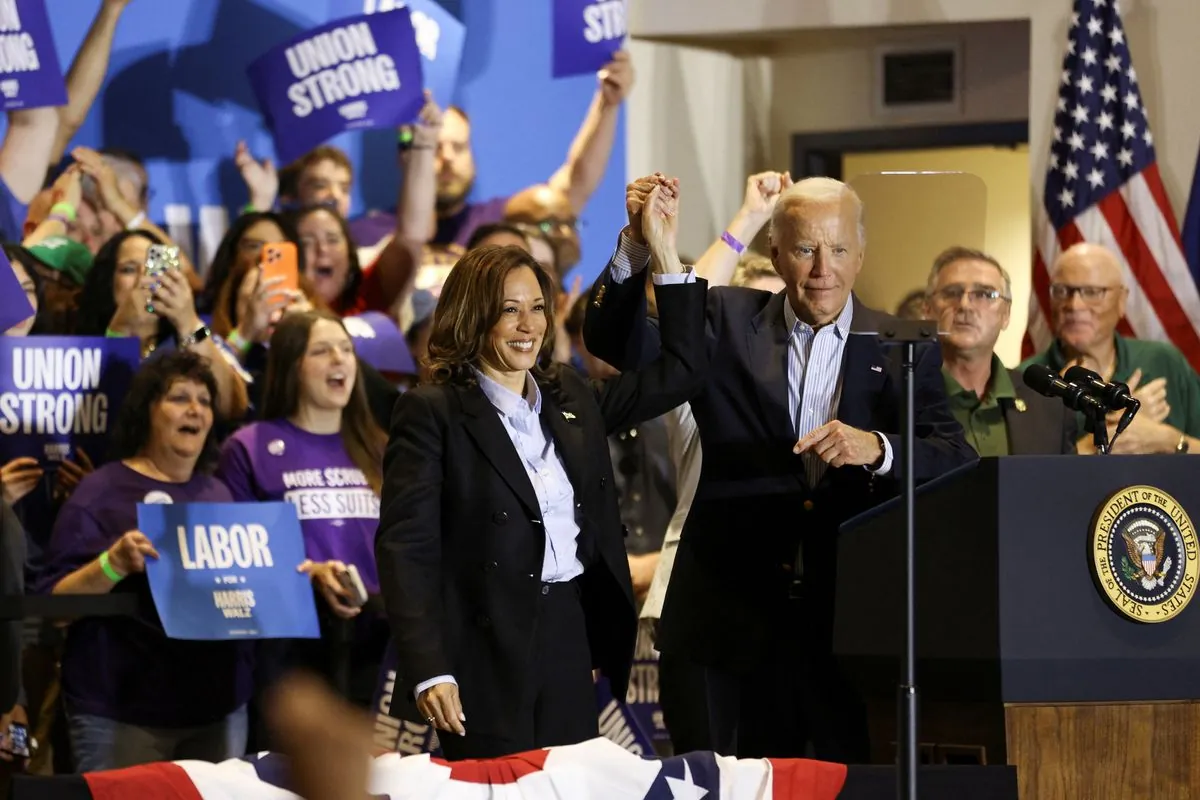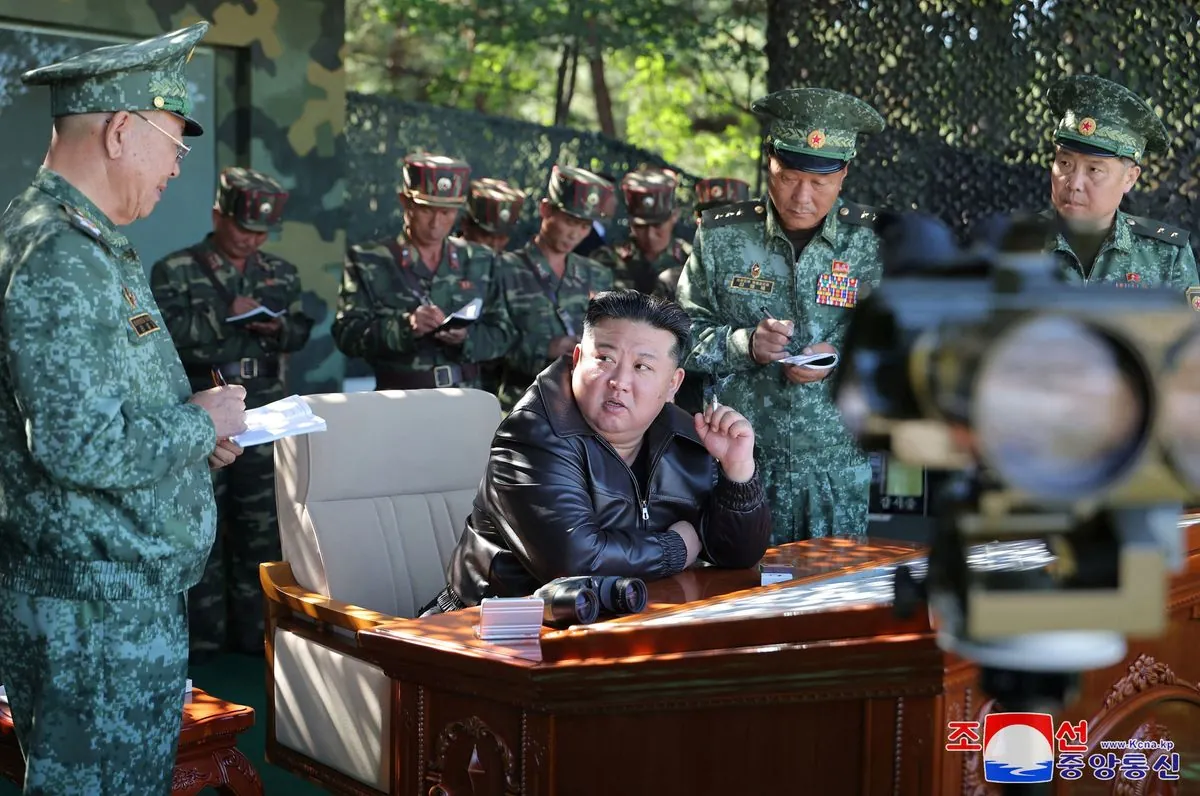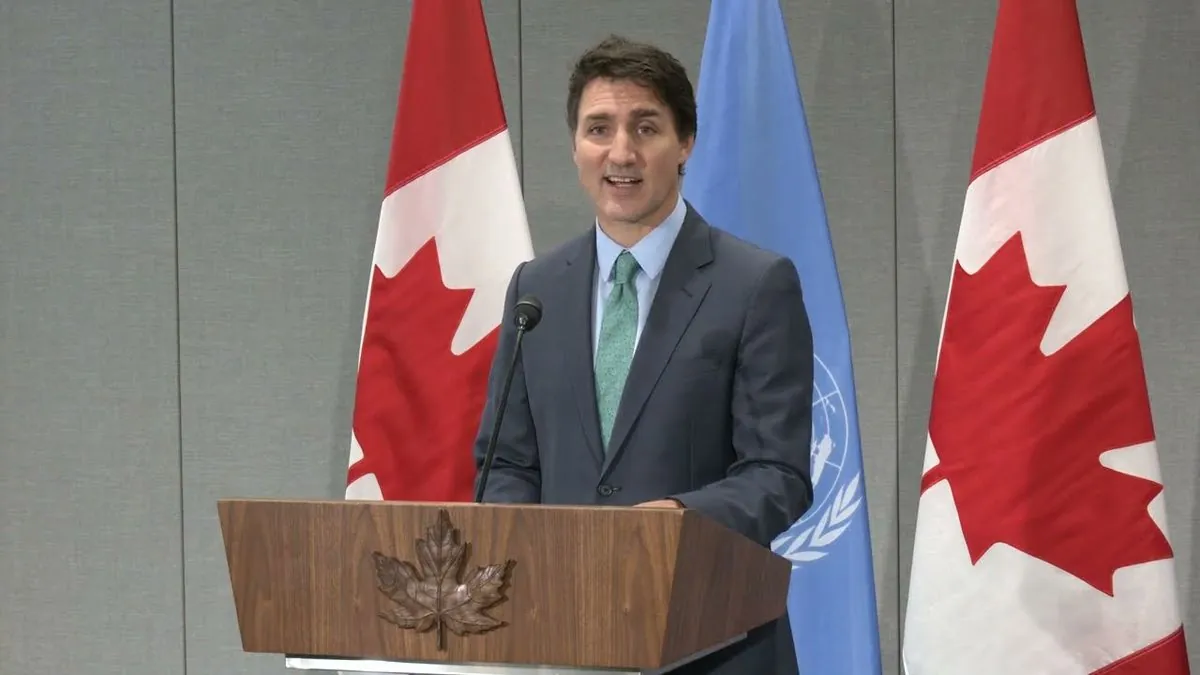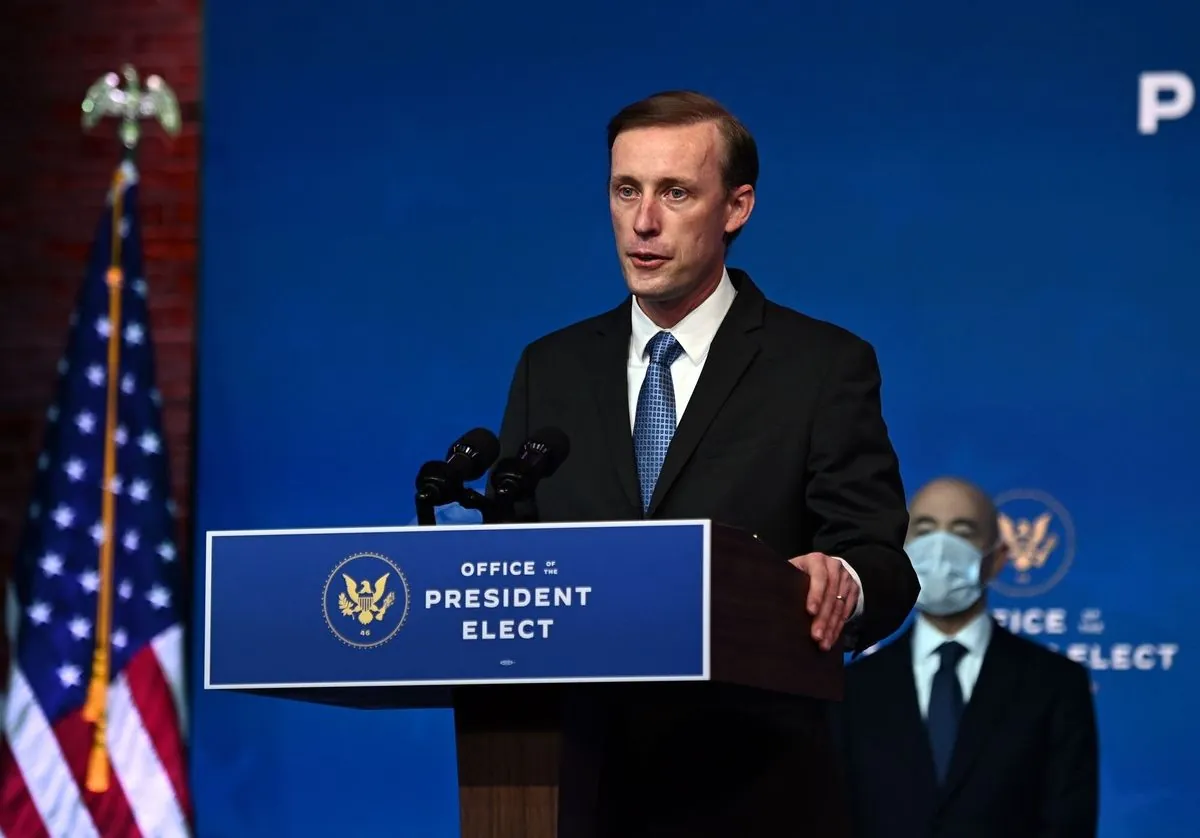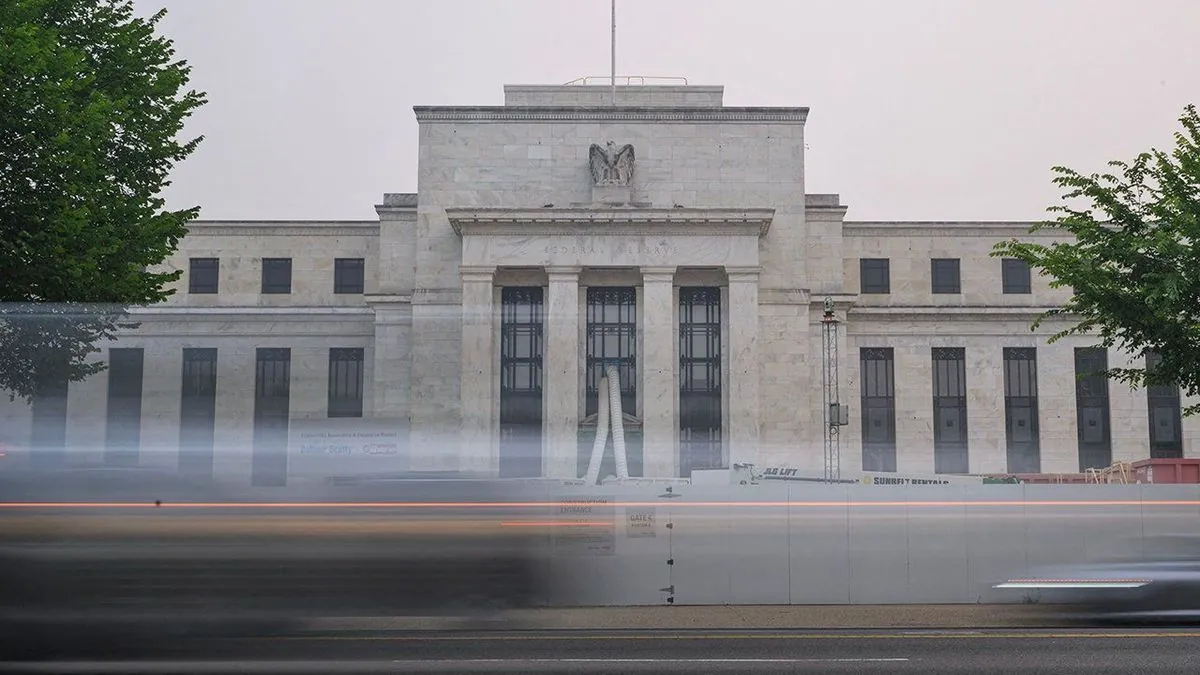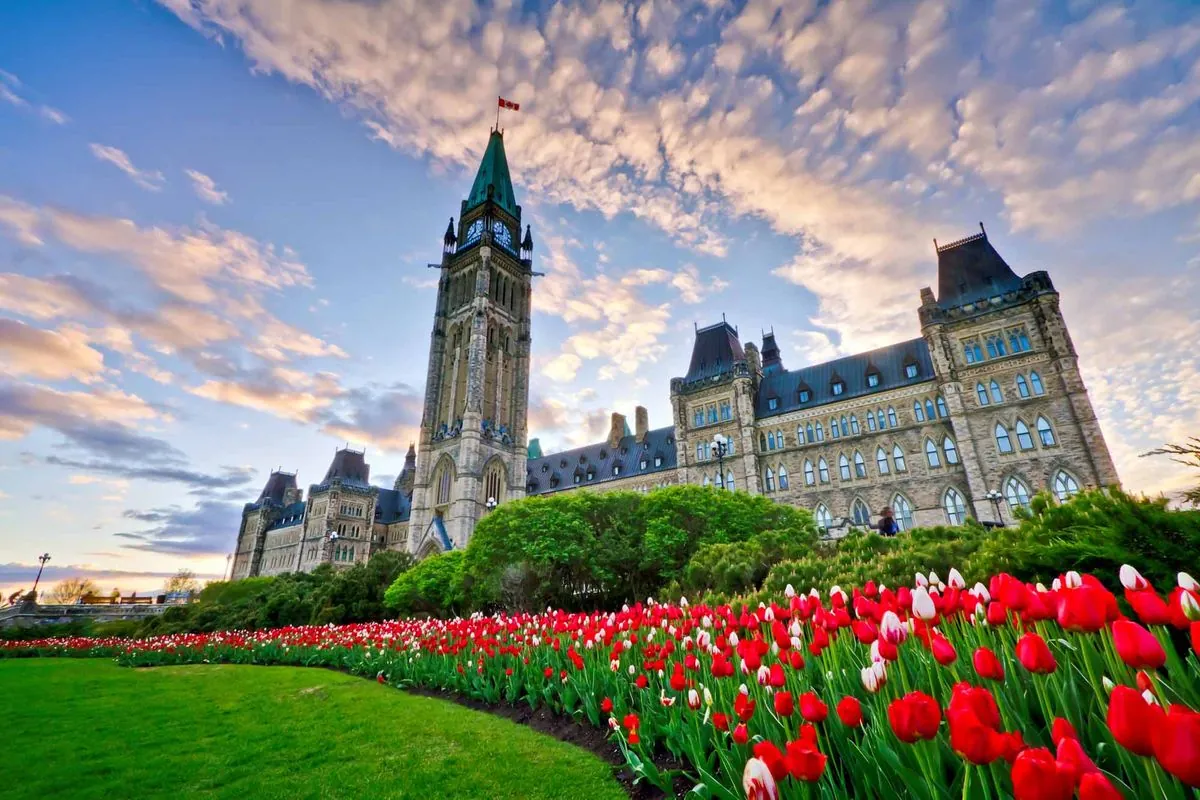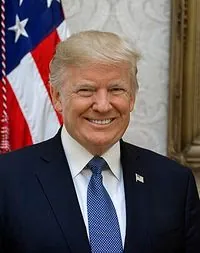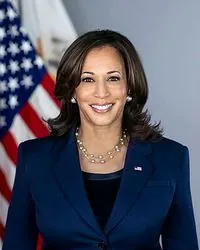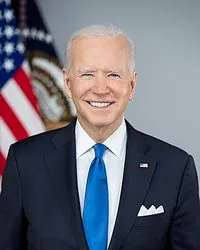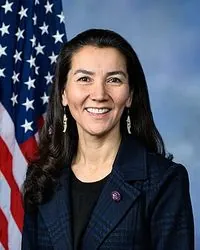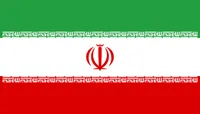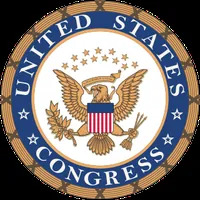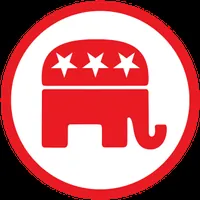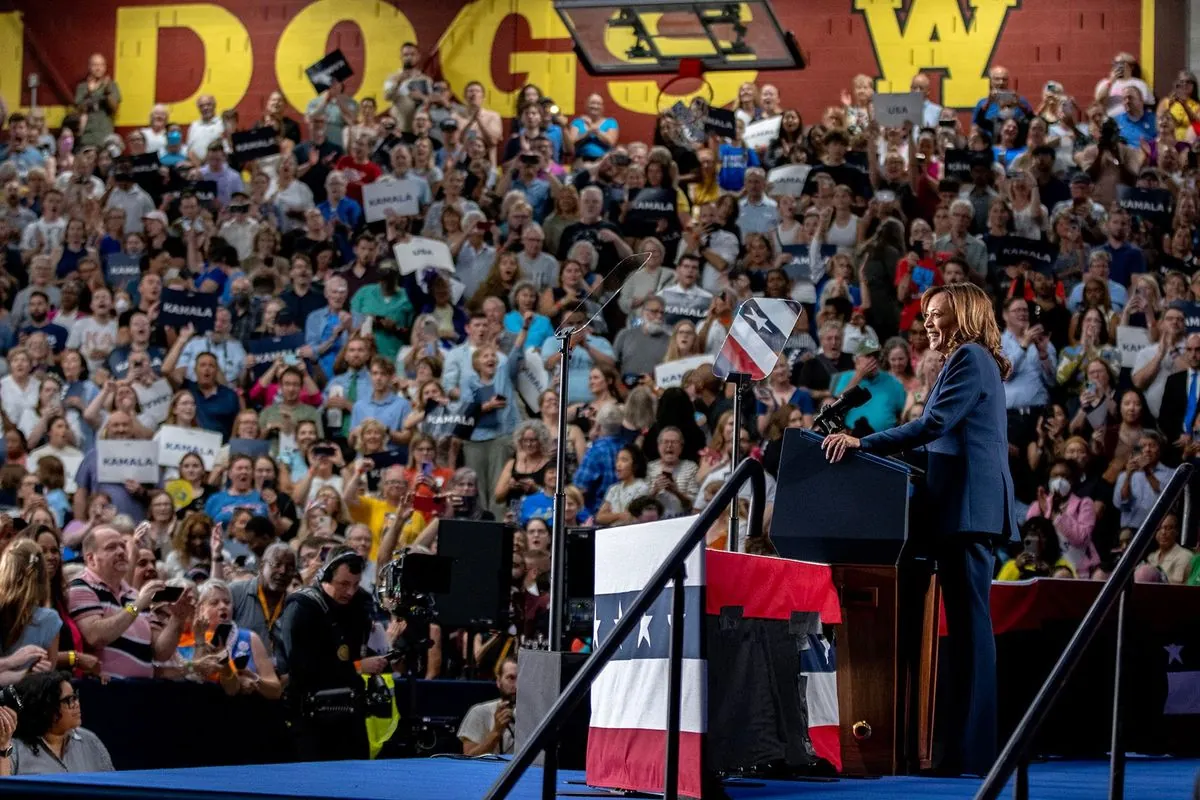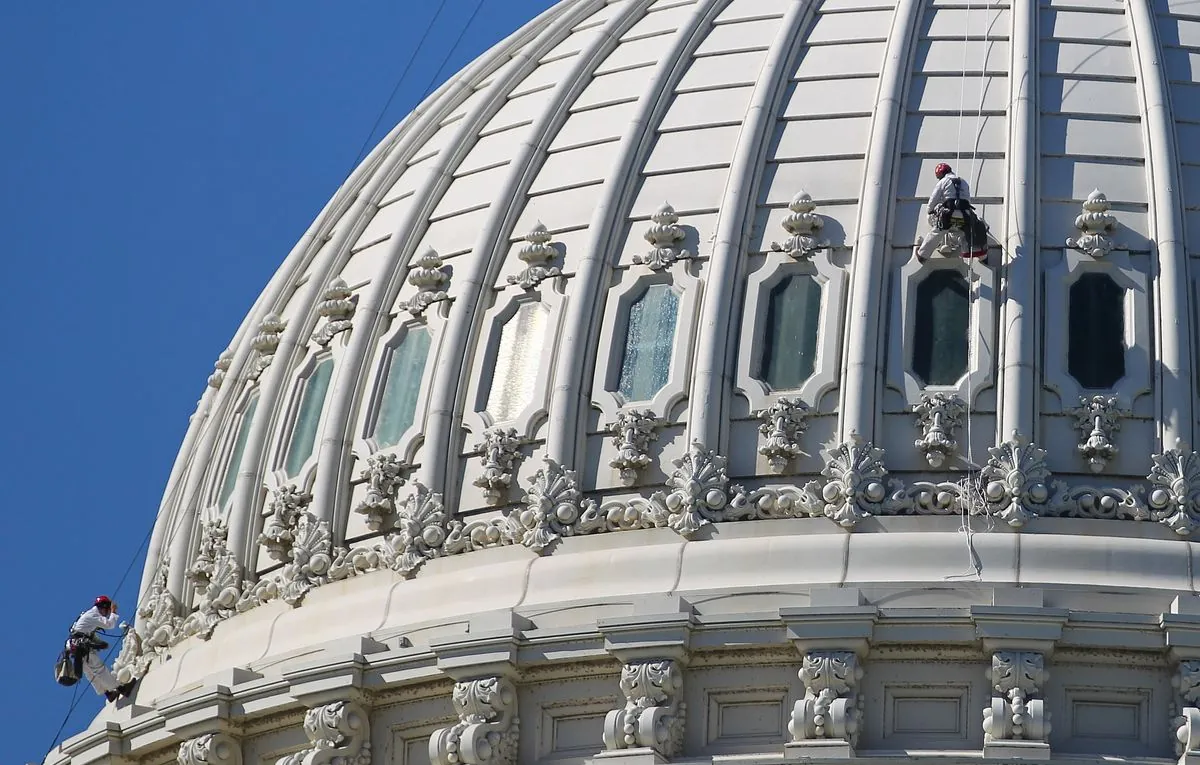Congressional Power: The Unsung Hero of Presidential Agendas
While presidential races captivate Americans, congressional elections play a crucial role in shaping administrations. Historical examples show how control of Congress can make or break a president's legislative agenda.
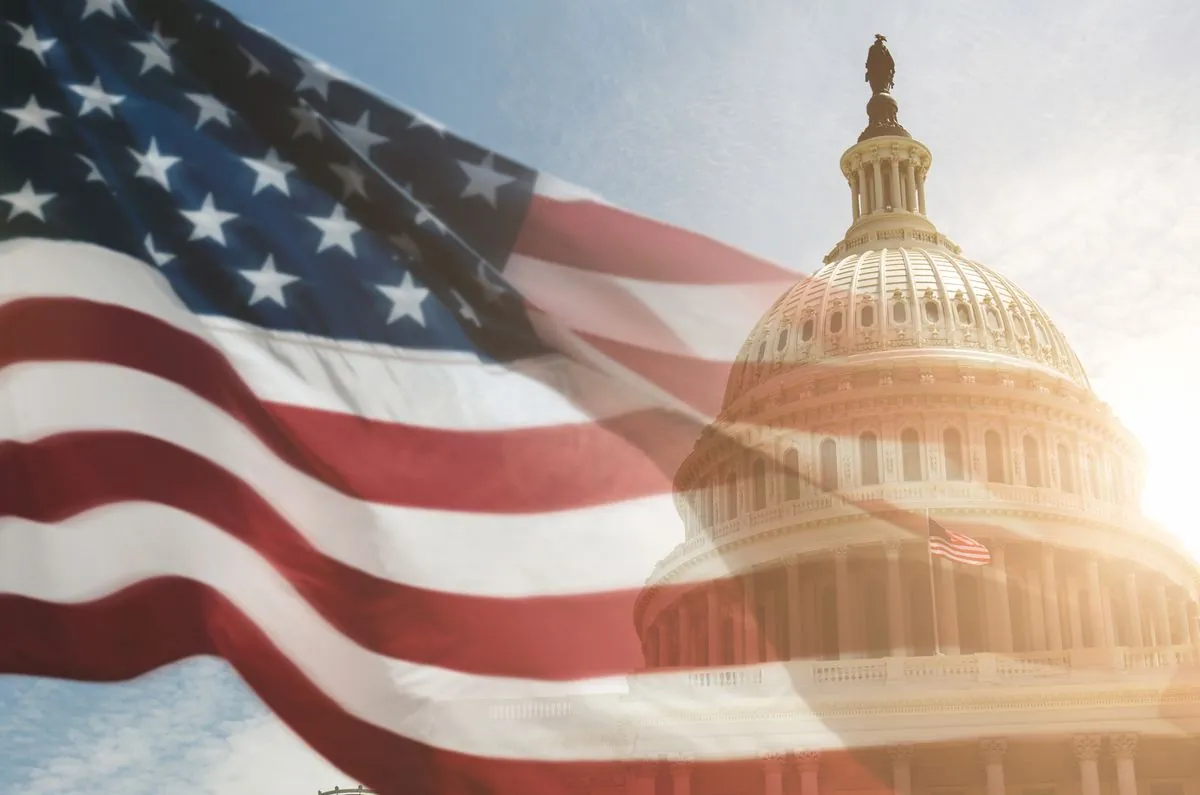
While Americans often fixate on presidential campaigns, the significance of congressional elections during these periods is frequently overlooked. The composition of Congress plays a pivotal role in shaping a president's first two years in office, a critical window for legislative action.
Ronald Reagan's presidency in 1980 exemplifies the impact of congressional power. Despite Reagan's landslide victory, Democrats retained control of the House of Representatives with 243 seats. This Democratic stronghold, led by Speaker Tip O'Neill, became a crucial counterbalance to Reagan's conservative agenda.
"The president aims to dismantle this popular program."
This statement referred to Reagan's attempt to reduce Social Security benefits in 1981. The Democratic House's resistance forced Republicans to reconsider their ambitious plans to cut social programs. In fact, by 1983, the administration had to collaborate with congressional Democrats to bolster Social Security's financial stability.
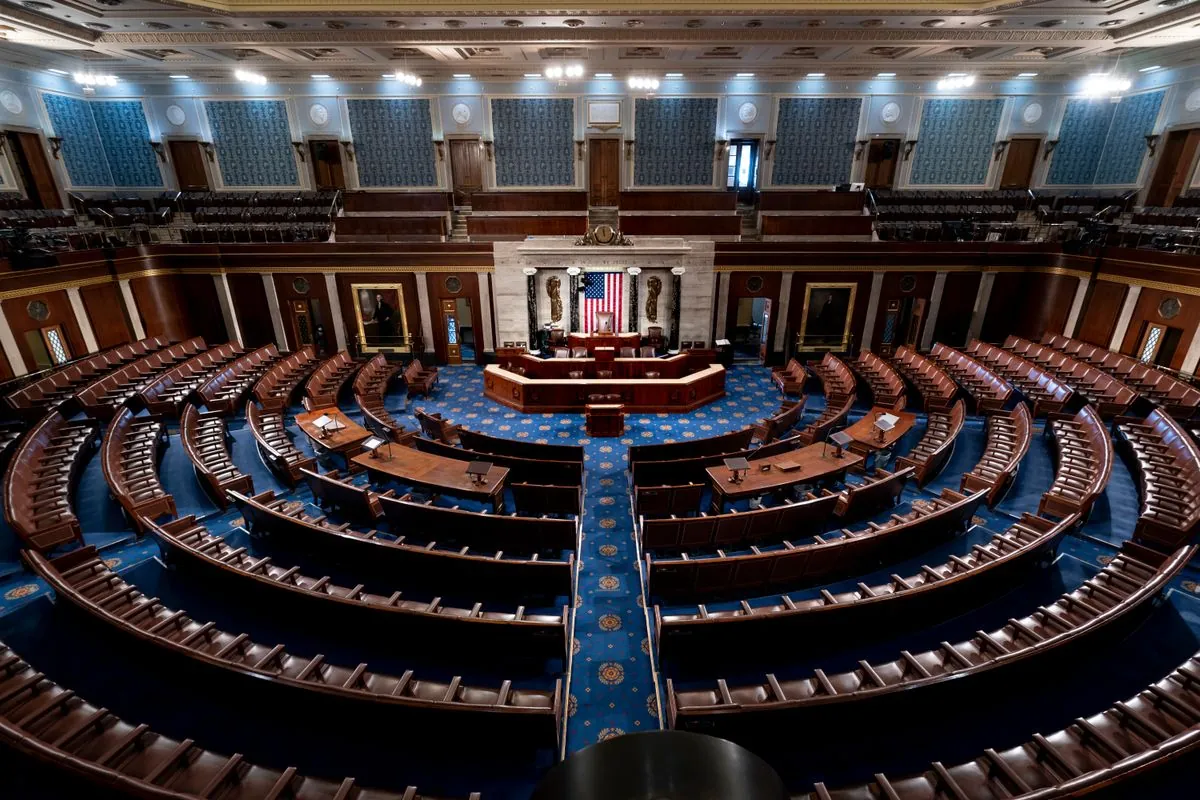
The influence of Congress extends beyond domestic policy. House Democrats passed the Boland Amendments from 1982 to 1984, limiting Reagan's ability to support anti-communist operations in Central America. Additionally, the global nuclear freeze movement found strong support among congressional members.
Conversely, Lyndon B. Johnson's Great Society legislation became possible due to the massive Democratic majorities in both chambers following the 1964 election. This shift in congressional power enabled the passage of landmark bills such as Medicare, Medicaid, and the Voting Rights Act.
More recently, the 2020 election demonstrated the crucial role of congressional control. Jon Ossoff and Raphael Warnock's Senate victories in Georgia provided Democrats with effective control of the upper chamber, significantly enhancing Joe Biden's legislative prospects.
As the next election approaches, voters should recognize the importance of congressional races alongside the presidential campaign. Whether the outcome is a Donald Trump re-election or a Kamala Harris victory, Democratic control of one or both chambers will be vital in shaping the nation's future.
Key facts to consider:
- The House of Representatives has 435 voting members, each representing a congressional district.
- Senators serve six-year terms, with one-third of the Senate up for election every two years.
- The Speaker of the House is second in the presidential line of succession, after the Vice President.
- Midterm elections typically see lower voter turnout compared to presidential election years.
- The Senate has the power to confirm presidential appointments and ratify treaties.
- The concept of "checks and balances" is fundamental to the U.S. government structure.
- Gerrymandering can significantly impact congressional elections.
- The filibuster is a Senate procedure that can be used to delay or block legislation.
- The Congressional Budget Office provides nonpartisan analysis for economic and budgetary decisions.
- The "lame duck" session occurs after an election but before the new Congress is sworn in.
As Lyndon B. Johnson once acknowledged, a president's legacy is intrinsically tied to the composition of Congress. Therefore, while the race for the White House captures headlines, voters would do well to devote equal attention to key congressional contests, recognizing their profound impact on the nation's political landscape.
